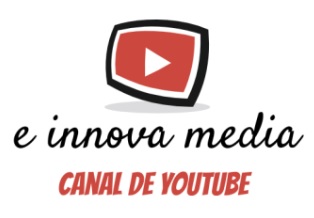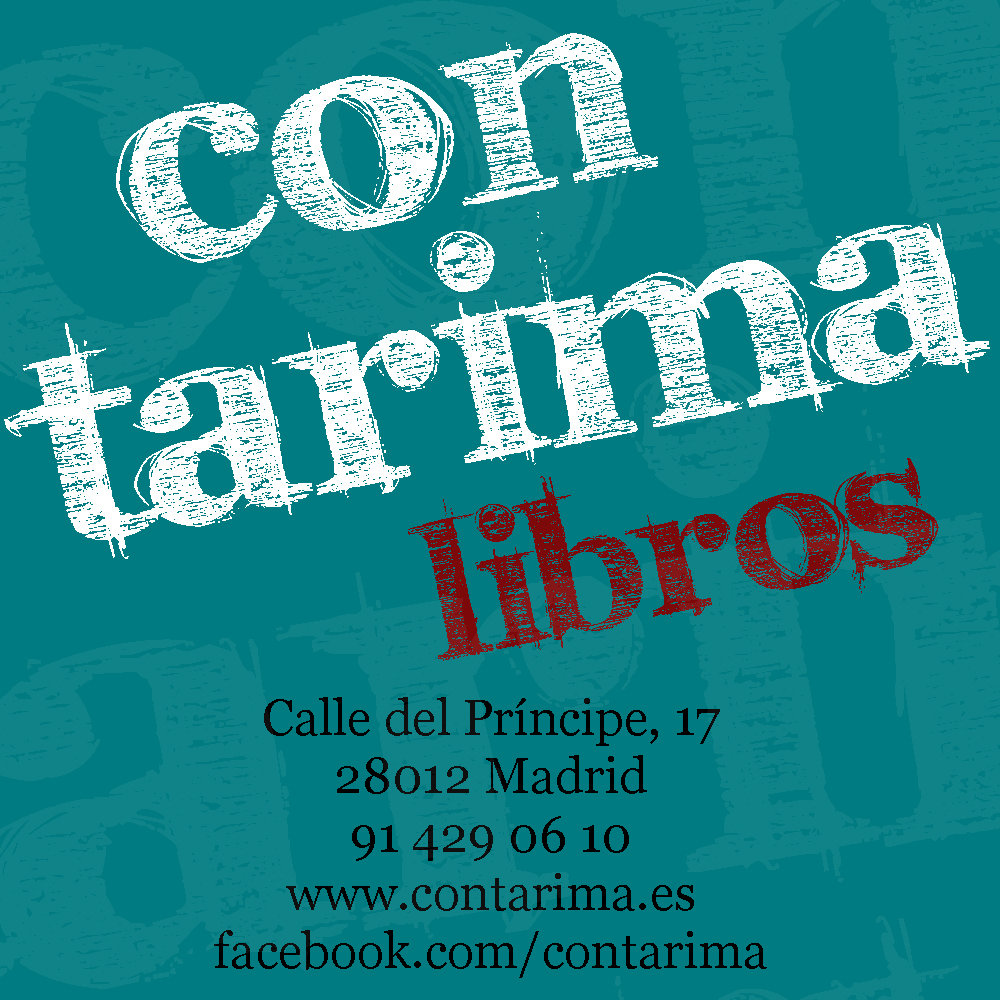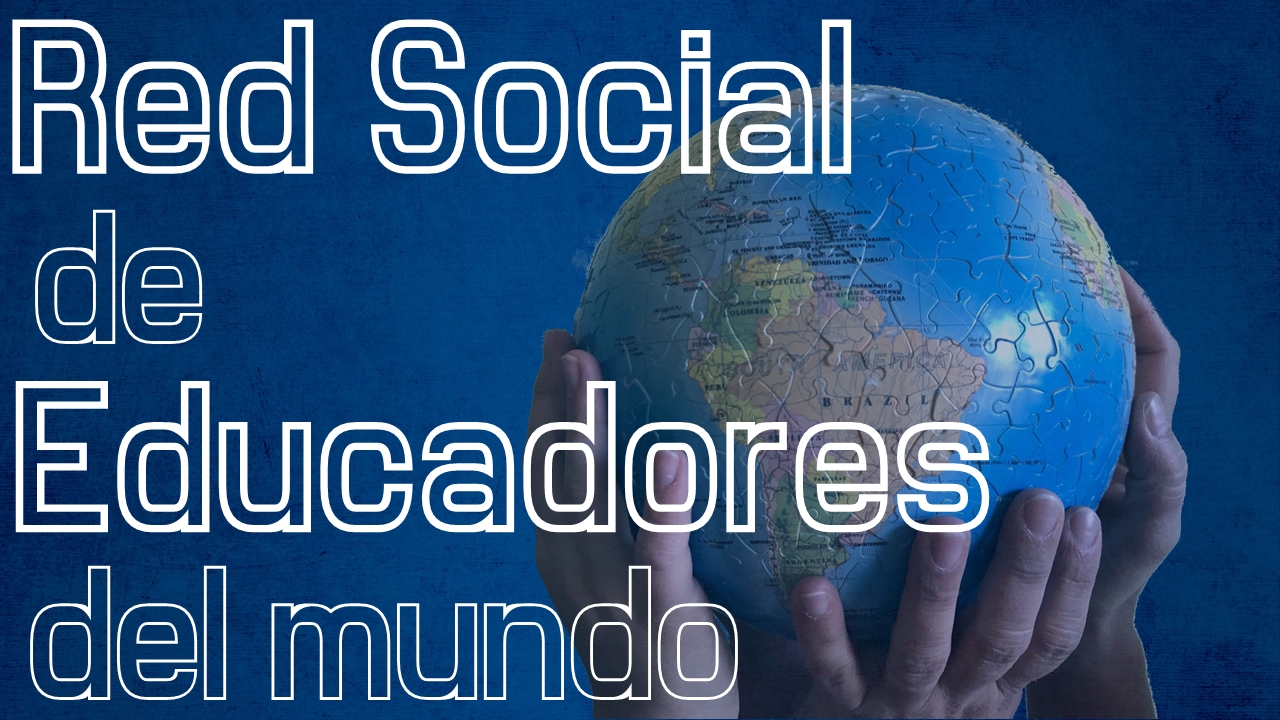[ENG]
There are many different methods and approaches in English teaching. However, the fact of having a huge variety of ideas doesn't mean every approach works for every class or every student. What's more, only one approach may not be enough when teaching a person, imagine when teaching a group. If we want to get our teaching aims, the first thing we should do is to realize that there are many ways of teaching English (many methods/approaches) but in most of the cases, we will have to combine some different ideas to get an appropriate way of teaching the language.
We could take nine methods into account. Some of these methods are more traditional than others, and, above all, there are some of them which can be more convenient if our goal is to make our students being able to speak in English fluently, in other words, being able to communicate in another language different from theirs.
The Grammar-Translation method is, probably, the most traditional one. It is taught in L1 and it is focused on learning grammar and vocabulary by heart. Translations are their tools and developing skills in pupils is nonsense for them. Once we have described the main points of this method, I would like to say that I don't agree with the ones who follow it. For me, the most important thing of a language is being able to communicate, to express your opinion (when talking or writing) using the skills you have developed and to understand the language properly. So, taking this into account, learning grammar by heart it's not useful at all if we want to acquire a language, rather than learn it by heart.
Another method is the direct one. In this one, you use the target language all the time and you learn the grammar in an inductive way (from examples to the rules) so you will be able in the future to use it in a more natural way. The vocabulary is also taught to the children with mimics or realia. Until now, this method is much better than the other one, from my point of view, because it is more similar to acquire a language than to learn it by heart. Nevertheless, the teacher has a really important role, which ends in less practice time for the children.
The audio-lingual method consists on more and more repetition. The L1 is limited and there is not any translation, which is OK, but the accuracy is more taken into account than fluency, which is not so good, because, when learning a language, if you correct a pupil a lot, he is not going to try to speak more. Otherwise, if you let him speak and he speaks more and more fluid, he will enjoy English and he is going to learn it, no matter if he's good or bad at it.
In the silent way method, the teacher remains in silence in order to make the students become independent and responsible of their own learning. "Here and now" is how they learn, so they are very focused on the students' interests. This one could seem to be really useful, but I don't really know if it would be. First of all, because students sometimes are not so motivated to learn completely on their own (they need you to motivate and lead them). Secondly, the students sometimes don't know what they have to do or how, which are things the teacher perfectly knows (but guiding, not controlling).
Suggestopedia is a way to learn the language in a very relaxed atmosphere which is based on pseudo-science (you learn more if the atmosphere is appropriate). I don't really think this is the best method, because I considered it a bit idealistic. However, achieving a relaxed atmosphere in class in which everyone is allowed to talk and participate and in which the mistakes are not a problem, but a way of improving is, for me, a need in our lessons.
The community language learning is another way which consists on the students speaking in their own language, then the teacher translate it into English and afterwards, the student repeat it in English. I find this method really useless. The students are depending on the teacher all the time so they are never going to use the language in an autonomous way. What is more, if they learn something, it is going to be how to translate.
The total physical response method seems to be quite good for children or beginners. A clear example of it, I think, would be the popular game "Simon says". I find this one useful, particularly for some topics such as the body parts or verbs (jump, run, drink...) and also to make them pay you attention at the beginning of the class.
And, to finish, the natural approach is the one who believe in the acquisition of a language rather than learning it. The teacher try to talk to them slightly beyond their possibilities, but, being careful not to demotivate them or to block them. From my point of view this one is one of the bests, because lets the students "play" with the language but it also includes more complexity or more level in the classes.
All things considered, for me the direct method and the natural approach are the best ones. Possibly, the best idea would be to mix them in the class constantly. The total physical response also would be quite useful for some moments or aspects, as I said before, due to the constant children movement necessity.







